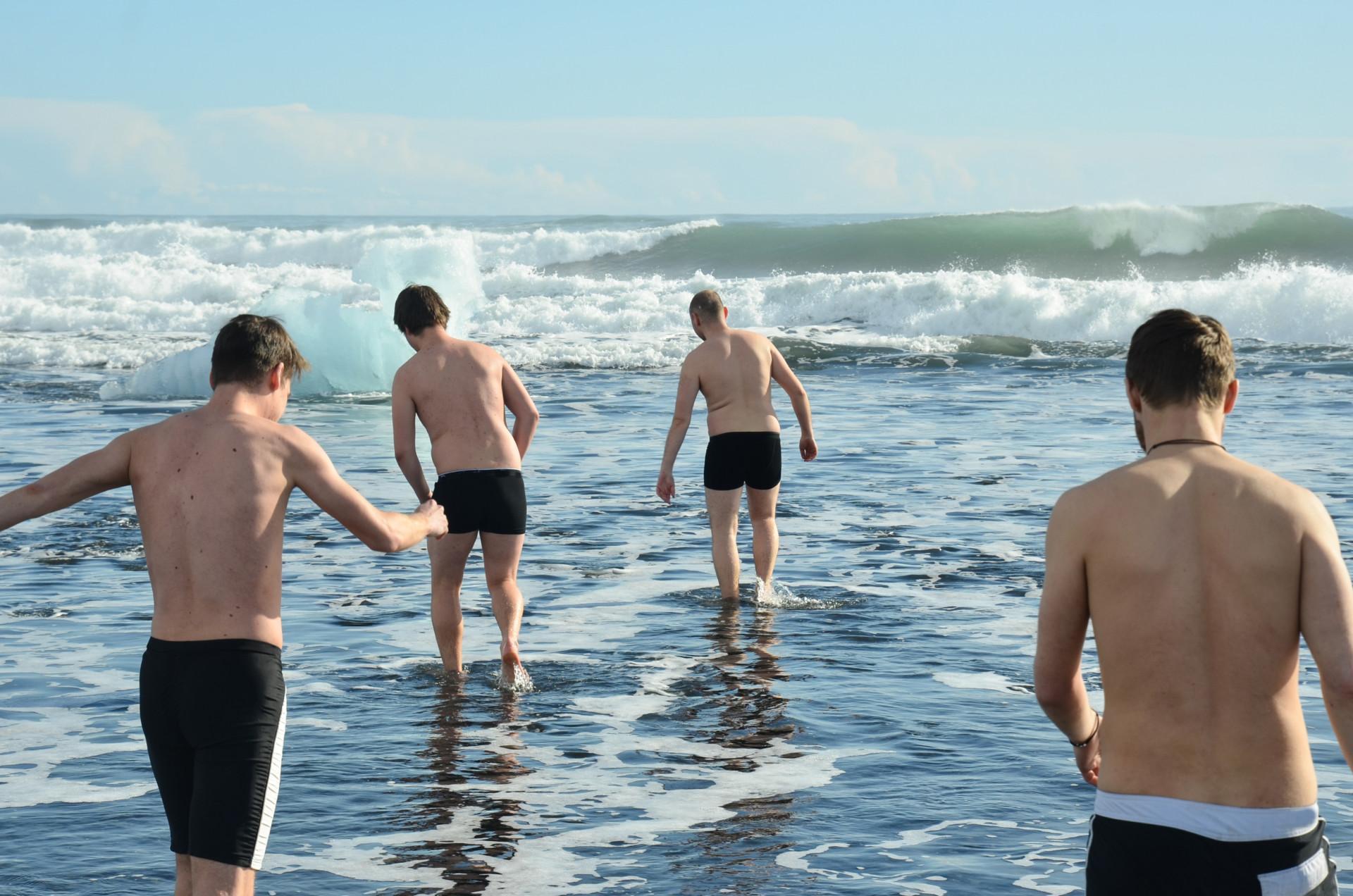Sea swimming and taking a plunge into the lake seem to be all the rage. People have been going online to purchase their dry robe and head off to the nearest lough or sea for a quick dip.
Instantly, most people feel brilliant after their dip (well, after the blood starts to circulate around the body once again). Research has found that cold water therapy immediately improves your mood. As well as that other health benefits include…
A boost for the immune system; improved circulation; deepened sleep; better energy levels; reduced inflammation; and an improved metabolic function.
I used to go for a dip in the lake regularly with a group of people in Loughmacrory, and for me, one of the most significant benefits was the social aspect. To help distract yourself in the water, talking and telling jokes – mainly poor dad jokes by me – was the perfect way to see in the 10 minutes. Even when we got out of the water, the conversations continued.
PERFORMANCE AND RECOVERY
As well as general health, cold water therapy is a fantastic way to improve performance and help speed up the body’s recovery process. The body’s primary focus during training and competition is to keep the core body temperature as normal as possible.
This will allow you to continue exercising or competing at a high level of intensity, and reduce your recovery time. This is one reason we sweat during exercise; it is also helped by vasodilation, where the blood vessels expand, moving closer to the skin and releasing heat.
GLABROUS SKIN IN HUMANS
One of the simplest ways to help regulate your body temperate pre, during and after training, is the palms of the hands, the bottom of the feet, the face and ears.
These areas are covered in glabrous skin. Have you ever wondered why you have an urge to put your hands in your pockets or wear gloves during these cold days? We lose a lot of our body’s heat from here. By covering the hands and putting a woolly hat on, we are preserving heat by covering up our glabrous tissue. It also has the opposite effect. Ever dip your feet in a cold pool while on holiday and get that instant sense of cooling? The glabrous skin is a quick way of helping cool our body temperature.
If you want to help regulate your core body temperature pre-training, you could enter a cold water bath (18 degrees) for 30 minutes to an hour pre-exercise, or cover the hands or bottom of the feet with ice packs for 10-to-30 seconds and repeat for 5-to-10 minutes. The same method with the ice packs can be used during a performance, for example, at halftime. When looking at cold water submersion after exercise, we may need to look at the stage of your training/ competition.
A 2021 systematic review concluded that the regular use of cold water immersion has harmful effects on resistant training adaptations, but doesn’t appear to affect performance.
In other words, if you are looking to build muscle and improve strength gains in the gyms, I would skip the ice bath after training as it shuts down the adaptive process, which you need to build and repair muscle density and strength.
Ice baths can come into play during our competition phase, where you aren’t focusing too much on the adaptations of training, and only looking to speed up the recovery process before your next event.
Endurance and aerobic recovery seem to be adversely affected by post-training ice baths, and it may be optimal for quickly lowering the inflammation and speeding up the recovery process.
THE BEST WAY TO START COLD WATER IMMERSION
Getting into an ice bath can seem very daunting and painful to many. I would suggest slowly building the body’s tolerance up to the cold.
Start with 30 second cold showers daily, and build from there, until your body can sustain a 10 minute ice bath. Even when you get used to the cold water, you still have to get comfortable with the uncomfortable.
Use the cold shower method to help regulate your breathing to normal. I find closing my eyes and focusing on my breath is one way to help me get comfortable in a somewhat unpleasant situation.
This is just a general overview of cold theory to help improve health and performance. You will find a lot of brilliant research in this area, and then just try it out for yourself.
Next week, we will look at hot therapies and how it helps to improve health and performance.
By Gary Wallace
Receive quality journalism wherever you are, on any device. Keep up to date from the comfort of your own home with a digital subscription.
Any time | Any place | Anywhere
SUBSCRIBE TO CURRENT EDITION TODAY
and get access to our archive editions dating back to 2007(CLICK ON THE TITLE BELOW TO SUBSCRIBE)









